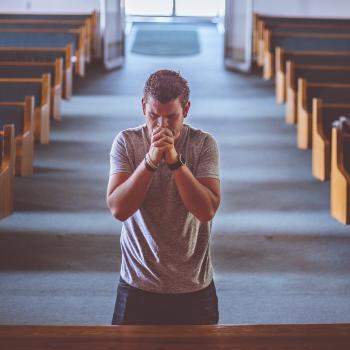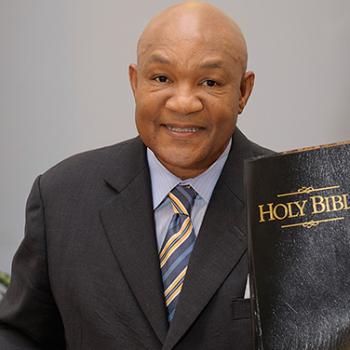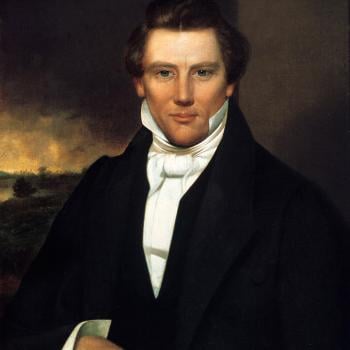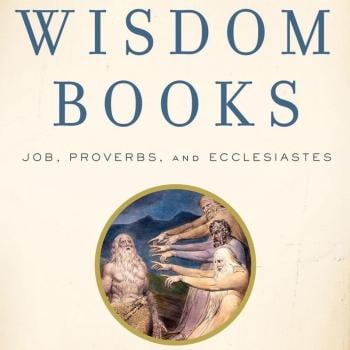This post and the next has Q+A with the authors, Collins and Walls. The questions are mine, the answers theirs. BW3
—-
Four Introductory Questions
Kenneth J. Collins
Q. Why did you two write this book, and why now? Who is the audience you are aiming for?
A. I came to this project reluctantly as I have indicated in the Introduction to the book. Jerry Walls finally convinced me to become involved in this project after numerous attempts. The reason I had a change of mind here was that I saw, after some initial research and reflection, how divisive and separating post Vatican II Roman Catholic theology and practice, especially in the area of ecclesiology, actually is. For example, not only is the communion table divided (at Rome’s insistence) but also the death bed itself is an emblem of division, precisely where there should be an abundance of grace and mercy. Moreover, when I considered just how the public teaching of the Roman Catholic Church views, for example, former Roman Catholics in Central and South America, many who, by the way, have become exuberant evangelical Pentecostals, I was all in!
The book on one level is an instance of Protestant apologetics in the wake of the judgments of Rome. However, on another level it is an example of what I have called “deep ecumenism,” in that it moves beyond superficial and surface ecumenical matters to discuss those things that actually divide the Roman tradition from every other one, whether Protestant or Eastern Orthodox.
Jerry: I thought the book was needed simply because a lot of people are struggling with these issues and need help in thinking them through. Also, there are a lot of bad arguments out there in popular Roman Catholic apologetics aimed at Protestants. A lot of people “convert” under the pressure of bad arguments and information.
Q. How did you select these particular topics to discuss in these chapters, when of course others could have been picked instead (for example how the canon of the NT was formed could have been discussed at some length)? What made these topics the pressing ones for ya’ll?
A. I chose the topics of my chapters to illustrate the basic theme of the book which is that despite the Roman Catholic church’s claim to the contrary, this theological tradition has both taught and acted in some very un-ecumenical and un-catholic ways by championing a particular view of the church (with Rome at the center) that bleeds into so many other doctrines such as the nature of Scripture, the value of tradition, how the sacraments and the priesthood are to be understood, the creation of a hierarchical ministry with the pope at the apex, along with teachings on justification, regeneration, assurance and the like. The result of this pervasive ecclesiology, which is examined through so many angles, is unfortunately the diminishment of all other theological traditions apart from Rome.
Jerry: I wrote the chapters I did because they address some of the key issues at stake for persons who feel the pressure to “convert” to Rome. For instance, in my chapters four and five, I critique the “all or nothing” argument advanced by Newman, and argue that his case for doctrinal development, which many find compelling, is in fact deeply confused. I also argue that Protestants have perfectly good reasons for affirming classical creedal orthodoxy, while rejecting later doctrinal claims like the Marian dogmas.















